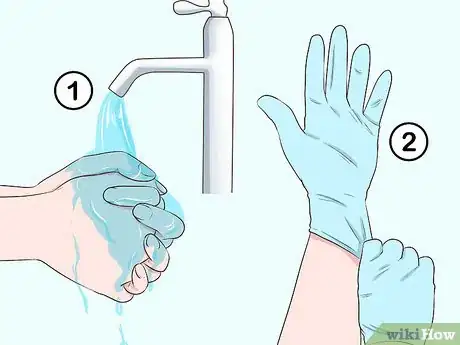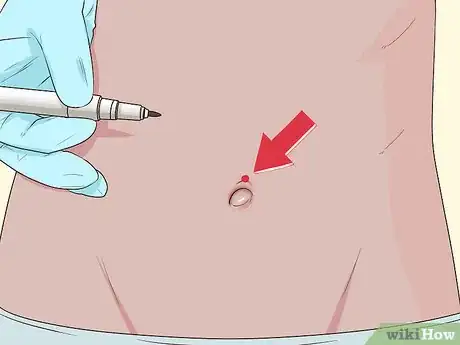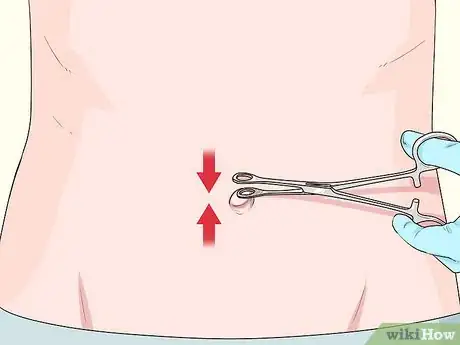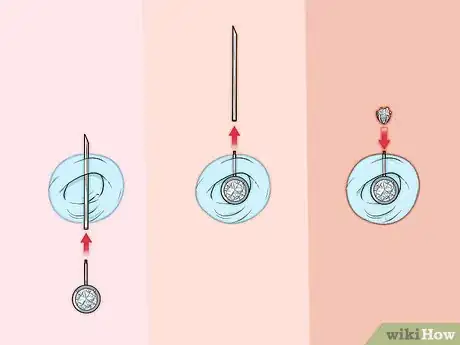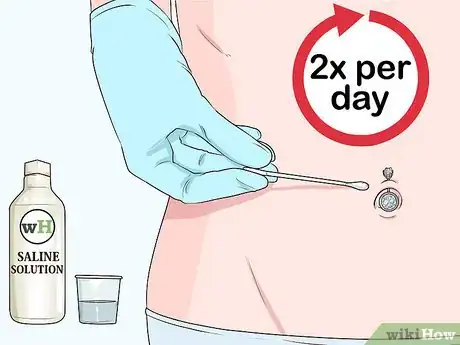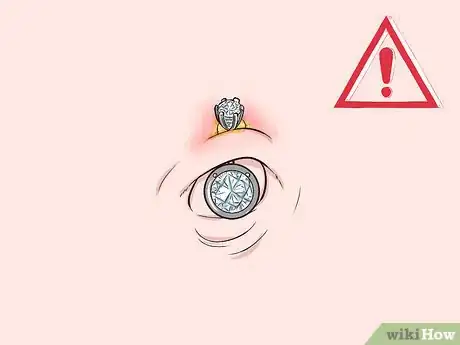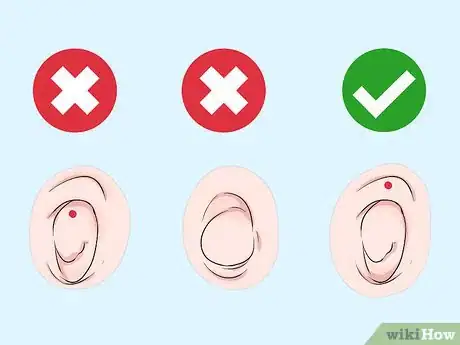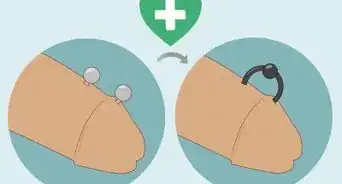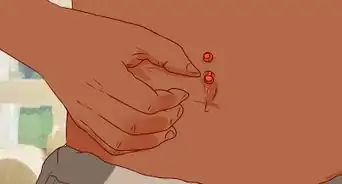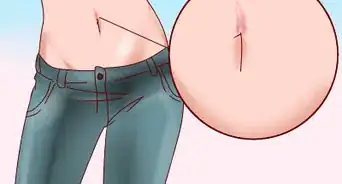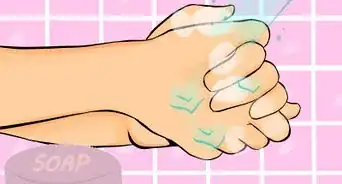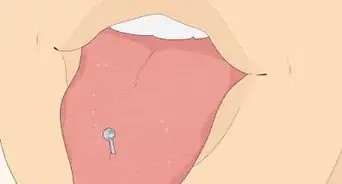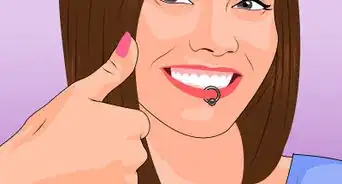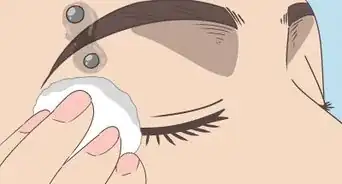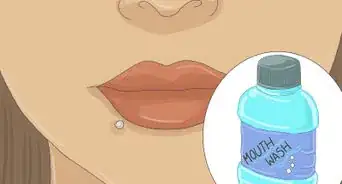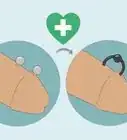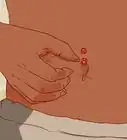This article was co-authored by wikiHow Staff. Our trained team of editors and researchers validate articles for accuracy and comprehensiveness. wikiHow's Content Management Team carefully monitors the work from our editorial staff to ensure that each article is backed by trusted research and meets our high quality standards.
This article has been viewed 69,705 times.
Learn more...
Piercing an outie belly button is much more complicated than piercing an innie belly button. Because of the way they formed after birth, outie belly buttons are made of a different type of tissue than other belly buttons. As a result, there is an increased danger of infection and pain when piercing outie belly buttons. However, by taking time to determine whether you have skin that can be pierced, following safe-piercing practices, and providing after care, you’ll know how to pierce an outie belly button.
Things You Should Know
- Piercing an outie belly button can be complicated and dangerous, and many professionals will refuse to perform this procedure.
- You must consult a professional to see if it’s possible to pierce your belly button.
- Depending on the shape of your belly button, a professional may be able to suggest an alternative placement to get around any potential problems.
Steps
-
1Wash your hands and put on gloves. Use an antibacterial soap to wash your hands. Wash up to your forearms. Pay special attention to your fingers and the area around your fingernails. Once you’ve washed your hands, put on a fresh pair of latex gloves.
-
2Sanitize the area around your navel. Dampen several cotton swabs with rubbing alcohol. Take the cotton swabs and wipe in and around the navel. Be careful to get around the skin of your outie, including the upper and lower lip. If you don’t properly sanitize your navel, you could have an increased chance of infection.Advertisement
-
3Mark the part of the outer lip you are going to pierce. Take a piercing-safe marker and mark the spot you intend to pierce. You can only pierce the upper or lower lip of your outie, not the actual outie.
-
4Pinch the outie on the marked spot with your piercing clamp. Slide the piercing clamp over the outie lip and pinch down. The clamp should fit snuggly and securely on the part of the lip you are going to pierce. If it’s not secure, your piercing might not turn out right.
-
5Push the needle through the clamp and the marked spot. Swiftly and forcefully push the needle through the clamped spot that you marked. Don’t hesitate or go slow, as this will complicate the piercing and make it more painful.
- Once the needle has penetrated the skin of the lip, quickly pull it out.
-
6Insert the jewelry. Insert the jewelry immediately after you remove the piercing needle from the lip of your belly button. The longer you wait, the bigger the chance that the piercing will close. After the jewelry is in, take care to secure it so it doesn’t fall out.
Providing Aftercare
-
1Clean the piercing twice a day. After your initial piercing, you should clean the site of the piercing (and the jewelry) twice a day for a month. You can use saline solution to do this. To do this, fill a small cup with the solution and place the cup against your stomach near the piercing. Do your best submerge the piercing in the saline solution. Then, take Q-tips moistened with the solution, and clean around your entire navel.
- If submerging the piercing does not work, you can squirt the solution onto the piercing.
-
2Monitor the wound. Watch the wound very carefully for a month after piercing. This is important, as belly piercings can easily become infected. If you notice prolonged redness, yellow/green discharge, a foul smell, swelling, or see red lines emanating outward from the wound, you should see a medical professional. These could be signs of infection or even an allergic reaction to the jewelry.
-
3Wear loose clothes. Since outies stick out more than normal, you’ll need to take some steps to avoid snagging your piercing on your clothes. The easiest way to do this is to wear loose clothes and low cut pants. This is important, as snagging your piercing could cause tissue damage and expose you to the danger of infection.
Determining If You Can Pierce Your Outie
-
1Verify you have a lip of normal skin around your navel. The should look like a piece of raised skin around the belly button. It may be limited to the area above or below the belly button. If you have this raised skin, you may be able to pierce it with minimal risk.
- You cannot pierce the actual skin of your outie.
-
2Consult your piercer. While you think you may have enough skin to pierce your outie, you need to confer with someone who does piercings professionally. Since they regularly do navel piercings, they’ll know if your outie can be safely pierced.
-
3Talk to your doctor. Since the tissue of an outie belly button is different than the tissue of an innie, outie belly buttons are much more susceptible to infection. As a result, you should consult your doctor before getting a piercing.
- If you have any autoimmune disorder or conditions that make you more susceptible to infection, your doctor may advise against piercings.
